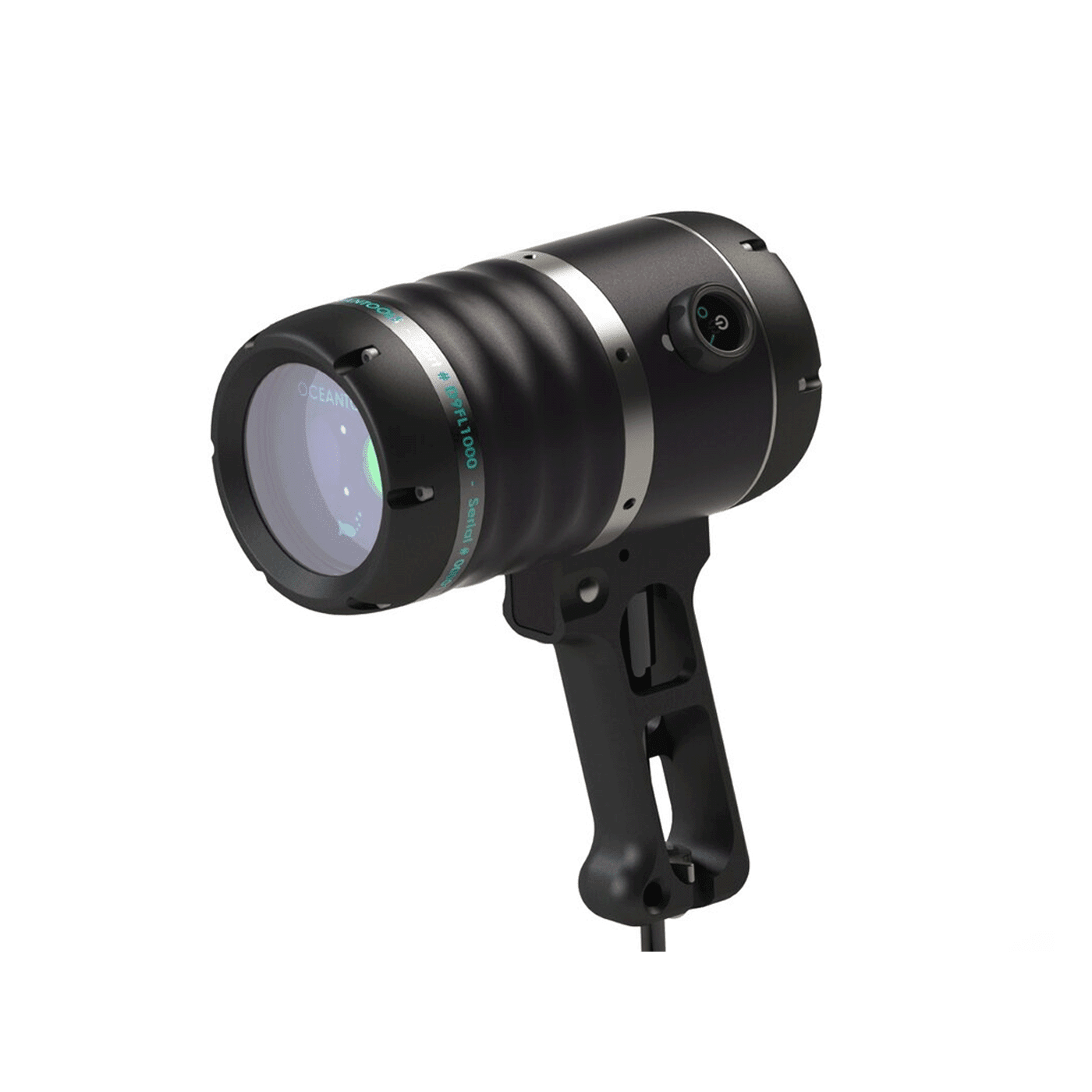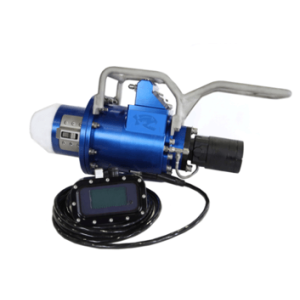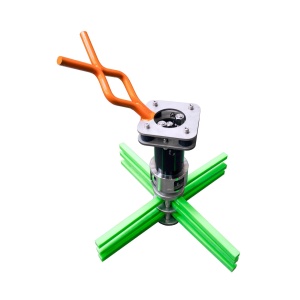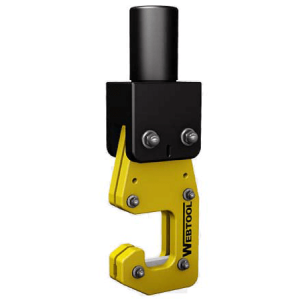The D9 DyeTector is a state of the art diver held subsea leak and cement dye detector developed by OceanTools based on many years of experience detecting subsea dyes.
The diver held D 9 DyeTector may be used to detect leaks from subsea infrastructure such as manifolds, wellheads or pipelines if a suitable dye has been added to the infrastructure fluids, or during casing cementing operations to detect cement returns. High intensity LED light is focused through lenses and filters to create a concentrated beam that is tuned to a specific wavelength to cause maximum molecular agitation and fluorescence of the dye. A sophisticated optical multiplier employs light amplification technology to detect even the smallest amounts of fluorescence from the agitated dye molecules Advanced detection electronics convert the measurements to digital data, displayed directly on the rear of the unit.
The powerful DyeTector technology is capable of detecting single photons of light. It can detect down to single digit parts per billion of dye dissolved in water and is approximately one hundred times more sensitive than the human eye This makes it ideal for detecting the very smallest of leaks or traces of dye dosed cement. Advanced ambient light suppression technology allows the DyeTector to be used in high levels of background light.




